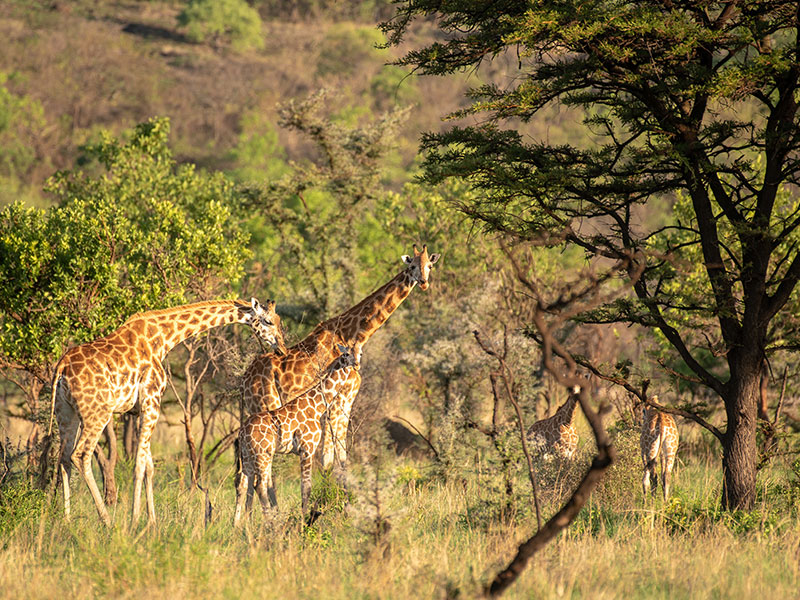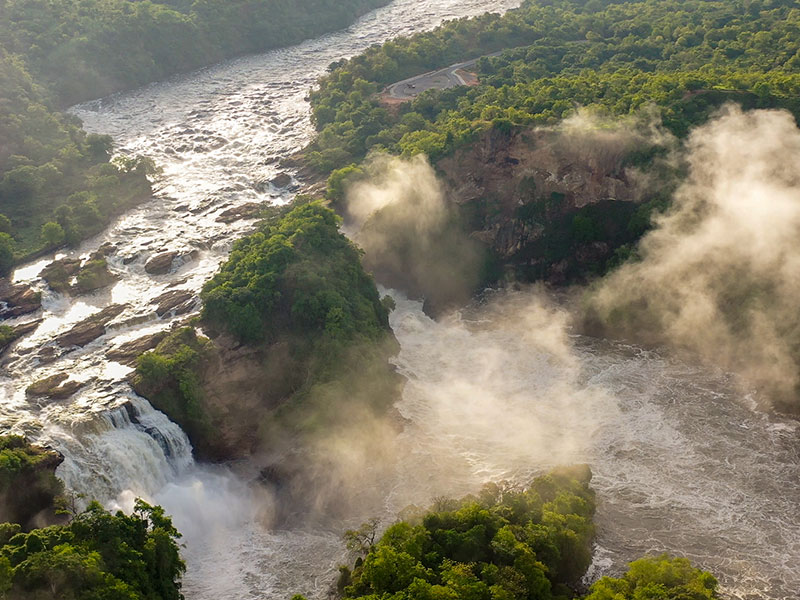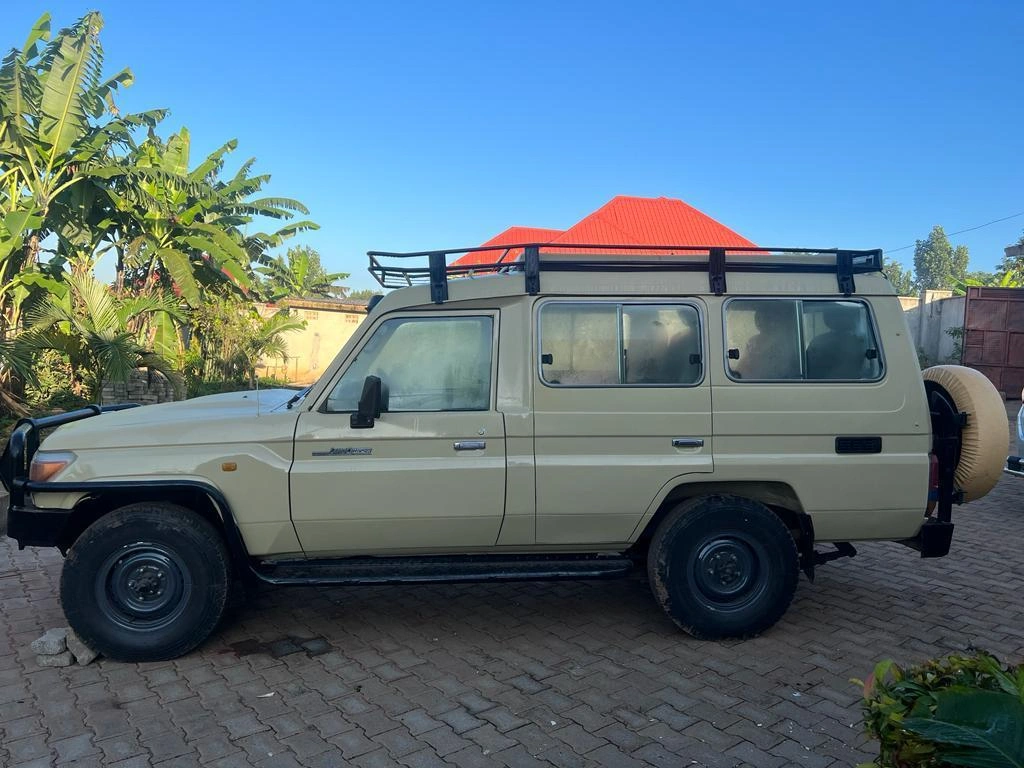Uganda and Rwanda are two of East Africa’s most fascinating safari destinations, both blessed with stunning landscapes, diverse wildlife, and unique cultural heritage. Combining these two countries in one safari offers travelers an unforgettable experience — blending the gentle beauty and organization of Rwanda with the wild, untouched charm of Uganda. Many travelers now prefer Uganda safaris starting from Rwanda, as it provides easier access to Uganda’s famous gorilla trekking destinations and allows for smoother international connections through Kigali International Airport.
1. Why Start Your Safari in Rwanda?
Starting your Uganda safari from Rwanda comes with several advantages. Rwanda’s capital, Kigali, is strategically located just a few hours’ drive from southwestern Uganda, where the country’s main gorilla trekking destinations are found. The drive from Kigali to Bwindi Impenetrable National Park or Mgahinga Gorilla National Park takes about 4–5 hours, compared to 8–10 hours if you were traveling from Uganda’s capital, Kampala.
This route saves both time and energy, allowing you to maximize your safari experience. Kigali International Airport also offers more frequent international flights, making it a convenient entry point for travelers from Europe, America, and Asia.
Moreover, the scenic drive from Rwanda to Uganda is breathtaking, passing through rolling hills, rural communities, and lush forests — offering an authentic glimpse into East Africa’s heartland.
2. Crossing from Rwanda to Uganda
The most common border crossing point for travelers heading to Uganda for safari is the Katuna border post (near Kabale) or the Cyanika border (near Kisoro). Both are well-maintained and easy to access from Kigali.
Most safari operators arrange border clearance and transport, ensuring a smooth transition between the two countries. Visitors should carry valid travel documents, including a passport, visa, and yellow fever vaccination certificate. For those visiting both countries, an East African Tourist Visa is recommended — it allows multiple entries within Rwanda, Uganda, and Kenya for 90 days.
3. Gorilla Trekking in Uganda from Rwanda
One of the biggest reasons travelers start their safari in Rwanda is to trek Uganda’s mountain gorillas. While Rwanda’s Volcanoes National Park also offers gorilla trekking, Uganda provides a more affordable option.
Uganda’s Bwindi Impenetrable National Park and Mgahinga Gorilla National Park are just across the border from Rwanda, and together they host more than half of the world’s remaining mountain gorilla population.
A gorilla trekking permit in Uganda costs USD 800, compared to Rwanda’s USD 1,500, making it a great way to enjoy the same experience at a lower cost. Trekking in Uganda also allows visitors to choose between different sectors of Bwindi — Buhoma, Ruhija, Rushaga, and Nkuringo — each offering unique terrain, scenery, and gorilla families.
4. Wildlife Safaris Beyond Gorilla Trekking
While gorilla trekking is the highlight for many, starting your safari in Rwanda and continuing into Uganda gives you access to a wider range of wildlife adventures. Uganda’s national parks are teeming with game and offer the classic African safari experience.
- Queen Elizabeth National Park: Famous for its tree-climbing lions, hippos, elephants, and the scenic Kazinga Channel boat cruise. It’s located just a few hours from Bwindi, making it a perfect next stop after gorilla trekking.
- Murchison Falls National Park: Uganda’s largest park, known for its thundering waterfall and diverse wildlife including giraffes, elephants, leopards, and buffaloes.
- Kibale National Park: Ideal for chimpanzee tracking, forest walks, and birdwatching. It can easily be added to your itinerary after visiting Queen Elizabeth National Park.
By combining Rwanda’s proximity and Uganda’s wildlife diversity, you create a seamless journey that captures the best of both worlds.
5. Scenic Routes and Cultural Experiences
The journey from Rwanda to Uganda is not just about wildlife — it’s also a cultural and scenic adventure. As you travel through the Kigezi highlands, often referred to as the “Switzerland of Africa,” you’ll encounter terraced hills, misty valleys, and traditional villages.
Visitors can also engage with local communities around Bwindi and Mgahinga, including the Batwa people, the original forest dwellers. Cultural tours and traditional performances provide an opportunity to learn about their way of life, music, and traditions.
In Rwanda, travelers often begin with a Kigali city tour before crossing the border. The tour may include visits to the Kigali Genocide Memorial, local markets, and art centers — a perfect cultural introduction before diving into Uganda’s natural beauty.
6. Ideal Safari Itinerary from Rwanda to Uganda
A typical Uganda safari starting from Rwanda can range from 3 to 10 days or more, depending on your interests and time. Below is an example of a 6-day itinerary:
- Day 1: Arrive in Kigali, Rwanda – city tour and overnight stay.
- Day 2: Drive from Kigali to Bwindi Impenetrable National Park (via Cyanika or Katuna border).
- Day 3: Gorilla trekking in Bwindi and community walk in the evening.
- Day 4: Transfer to Queen Elizabeth National Park – afternoon game drive.
- Day 5: Morning game drive and afternoon boat cruise on the Kazinga Channel.
- Day 6: Drive back to Kigali or continue to Entebbe for departure.
This itinerary combines gorilla trekking, wildlife viewing, and scenic drives, giving travelers a comprehensive East African experience.
7. Accommodation Options
Uganda’s southwestern region offers a wide range of accommodation choices to suit every budget. In Bwindi, you’ll find luxury lodges such as Sanctuary Gorilla Forest Camp, Buhoma Lodge, and Clouds Mountain Gorilla Lodge. Mid-range and budget options include Ichumbi Gorilla Lodge, Rushaga Gorilla Camp, and Buhoma Community Rest Camp.
In Queen Elizabeth National Park, top-rated options include Mweya Safari Lodge, Kasenyi Safari Camp, and Enganzi Game Lodge. All these accommodations provide comfort, scenic views, and easy access to safari activities.
8. Combining Rwanda’s Attractions with Uganda Safaris
Another reason to start your safari in Rwanda is the opportunity to combine experiences from both countries. Before heading to Uganda, you can enjoy attractions in Rwanda such as:
- Volcanoes National Park: For golden monkey tracking or hiking Mount Bisoke.
- Lake Kivu: For relaxation, boat rides, and stunning lakeside scenery.
- Nyungwe Forest National Park: For chimpanzee tracking and canopy walks.
After these adventures, crossing into Uganda allows you to extend your safari into the wilderness — blending primate encounters, wildlife viewing, and authentic African landscapes.
9. Travel Tips for Cross-Border Safaris
- Visa: Apply for the East African Tourist Visa for easy movement between Rwanda, Uganda, and Kenya.
- Currency: Rwanda uses the Rwandan Franc, while Uganda uses the Ugandan Shilling, but U.S. dollars are widely accepted in both countries.
- Health: A yellow fever vaccination certificate is required for entry into both nations.
- Transport: Most safaris are arranged by professional tour companies that handle transportation, border procedures, and park entry permits.
10. Why Choose a Uganda Safari from Rwanda
Choosing to start your Uganda safari from Rwanda is both convenient and rewarding. You save time on travel, enjoy scenic routes, and have the flexibility to combine two remarkable destinations. It’s the perfect option for travelers who wish to experience mountain gorillas affordably while still enjoying a well-organized trip through Rwanda’s efficient infrastructure.
Moreover, Uganda offers a more diverse wildlife experience, making it ideal for those who want more than just gorilla trekking. You can encounter chimpanzees, elephants, lions, and hippos — all within a few days of travel.











